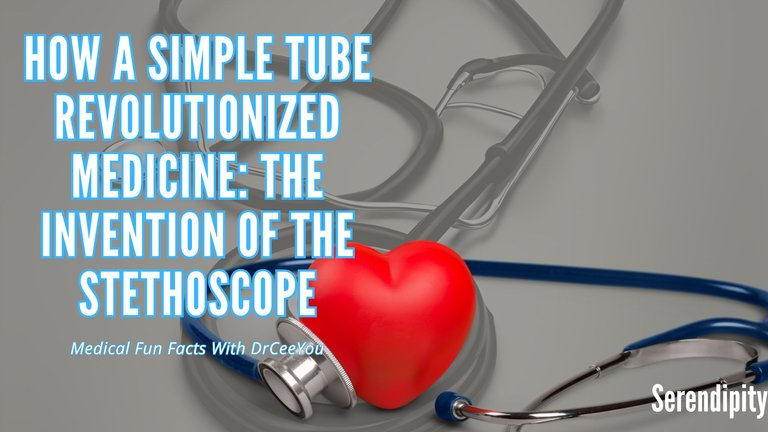
Imagine being a doctor in the early 1800s, trying to listen to a patient’s heartbeat. The only option? Placing your ear directly on their chest. While this worked for some, it wasn’t always practical—or comfortable, especially when treating female patients.
René Laennec, a French physician decided to changed the game in 1816 with the invention of the stethoscope, a tool that’s now iconic in medicine.
A Problem That Needed Solving
The story begins with Laennec examining a young woman showing signs of heart disease. She was overweight, which made it hard for him to hear her heartbeat clearly using direct auscultation (the practice of listening by pressing an ear against the chest). On top of that, the method felt improper in this particular situation.
Laennec needed another way to listen, and inspiration struck from an unexpected place. He recalled seeing children using a rolled piece of wood to transmit sound, like a makeshift telephone. Could the same principle work for listening to the heart?
The First Stethoscope
Laennec rolled up a sheet of paper into a tube and placed one end on the woman’s chest and the other to his ear. To his amazement, he could hear the heart sounds more clearly than ever before!
Encouraged by this success, he took the idea further and designed a wooden cylinder, refining it into what we now recognize as the first stethoscope.
How It Changed Medicine
The stethoscope was a game-changer. For the first time, doctors could listen to internal sounds with precision, improving their ability to diagnose heart and lung conditions. Over time, the design evolved into the familiar rubber-tubed stethoscopes we see today, but the basic principle remains the same.
A Lesson in Innovation
Laennec’s story is a perfect example of how curiosity and creativity can lead to incredible breakthroughs. He saw a problem, looked for inspiration, and invented something that transformed medicine forever.
Next time you see a doctor with a stethoscope around their neck, remember its humble beginnings—a rolled piece of paper and a doctor’s determination to listen better. Who knew such a simple tool would save millions of lives?